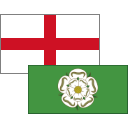
Knaresborough
Sep 2020
>
 Sep 2020+
Sep 2020+
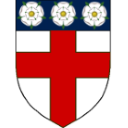
knarre rocky outcrop Anglian burh Old English fortified place. Population - 15,441.
 UK
>
England
>
North Yorkshire
UK
>
England
>
North Yorkshire
Sep 2020+

There's a car park here that could serve Leeds-Bradford airport and were this still West Yorkshire, it might well have done, why not?
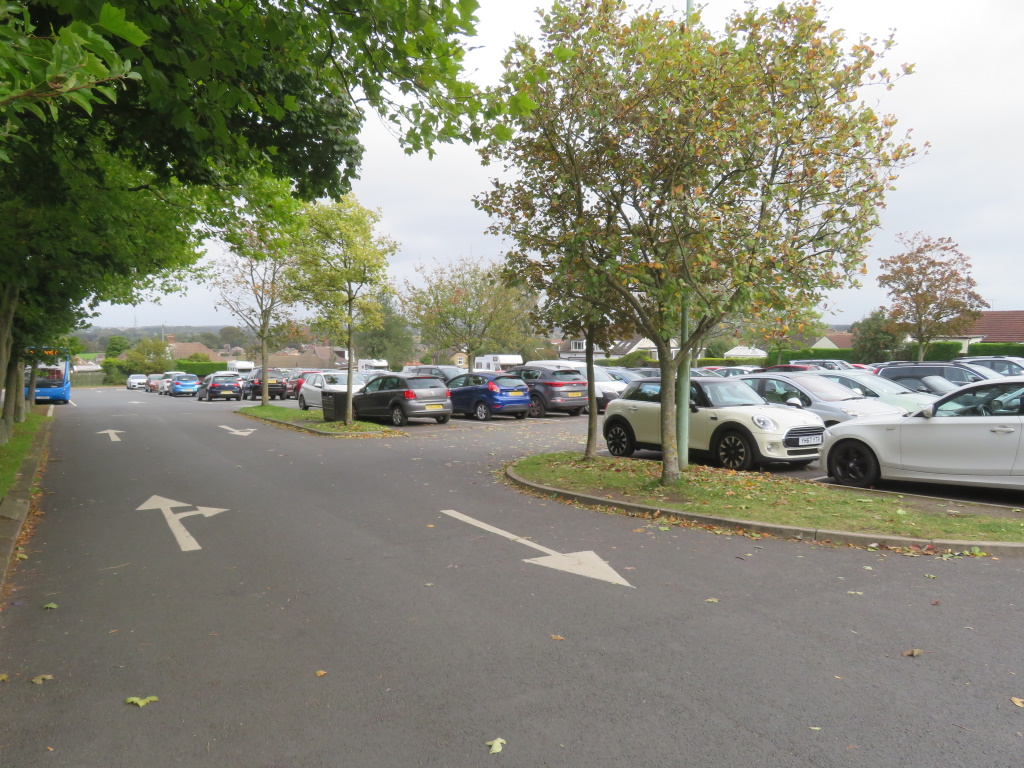
No, since 1974 this is now North Yorkshire so Leodensians can go and find their own overflow but this level of accommodation suggests something special?
It's therefore initially disappointing to find the high street, well, initially disappointing and this should be called the Board-ed up Inn, eh?


Further along and it's a largely functional affair with not that much in the way of knick-knacks and just who is buying that much vape, these days?
Things head further downhill, this time literally, and after the To Rent signs relent, here's where the history starteth, sort of, and boy does it have its fair share.
Mid 18th-century isn't exactly uncommon but some old Rev or other's old house now houses the fat cats at Knaresborough City Hall.
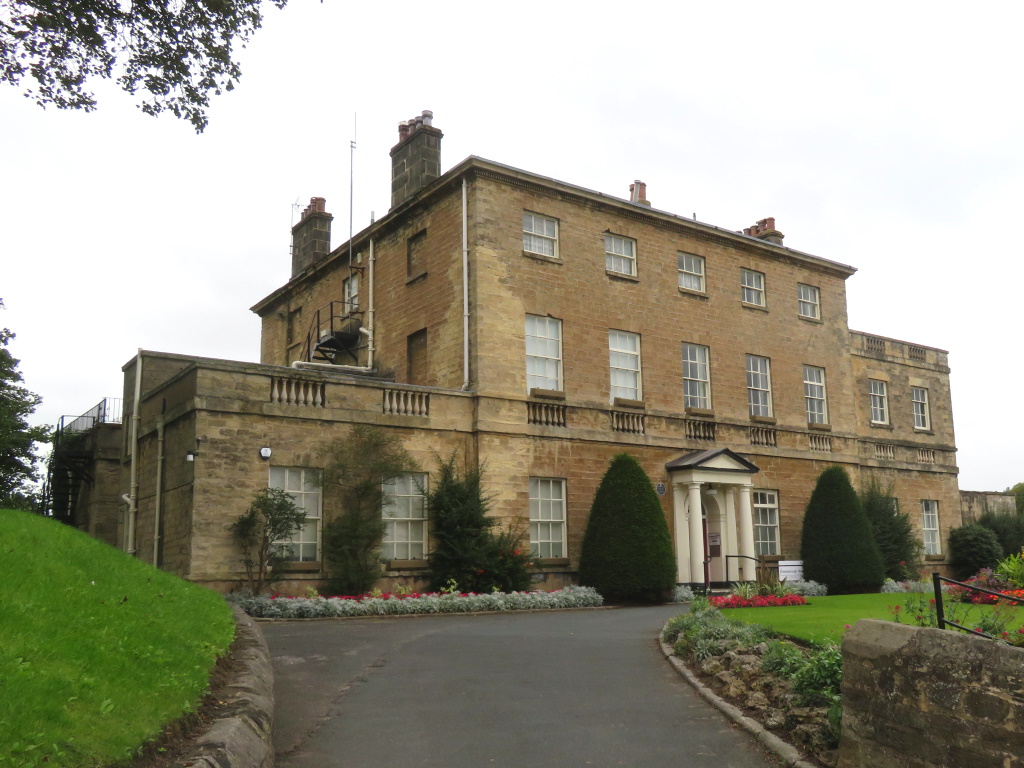

These are the people who allowed the 2014 Tour de France through town and these are the people who have subsequently ruined, for many, a nice, Bank Holiday drive through the Dales in a diesel.
You'll be hanging back behind yet another bunch of amateur cyclists, screaming in second, until the barking-mad bikers breach the brow of that hill.
There are quite a few cyclers on display today, none shown, although it's unlikely they'll be doing the full 201 km to Sheffield. That sloping high street that's just been walked down, by the way, wouldn't even have registered as an incline for the pros that were racing that day.
Spoons have a tradition of naming their pubs based on the history of the town or the old building they invariably inhabit. The inevitable offering in a town of this size is called the Crown Inn because, well, it's thought you should know the drill by now.
There are no awards for their nearly-out-of-date ale and none for the Director of Contrived Waterhole Naming, neither, who was clearly on holiday or couldn't be bothered to get out of bed that day.
Whoever deputised on the decision is getting an immediate (0/5) for a lack of imagination and they might as well have stayed in bed themselves that morning.
As for inside? It's a Wetherspoon™s man!
The only thing that's known of Knaresborough is that there's a river here, somewhere, but more on that in a minute.
The A59 leads further down to where it's suspected to be, passing, on the left, Knaresborough's oldest house and that's 1498 old so the lintel claims.

There's a distraction over the road and through a park at Conyngham Hall, not shown, that's only been noticed for its very un-Yorkshire name. Some old Celtic Cunningham is the cause and it's a business centre, these days, so there's no business being there, besides, who fancies the zoo?
Well, you're 35 years too late, mate. Started in 1965 by a man with a pet shop, it's astounding to think the world's largest lion used to lounge around here with tigers, an elephant and bears for company.
It lasted just 20 years but not too much tranquiliser would have been required for those lucky enough to relocate to nearby Flamingo Land when the zoo closed.
That, by the way, is the third most popular paid attraction in the country and if you're north of the Humber, with a young family, you'll be pestered incessantly to flaming-go to Flamingo Land, fact!
Part of a large charity who help with all aspects of life for the visually impaired.

This is just about on the site of the zoo although the animals on display, these days, are made of papier-mâché, probably.
Despite knowing Knaresborough's name but never not having visited before, there's a bit of a WHOA! who put this here? moment. The River Nidd, of course, on its way from the Yorkshire Dales to feed the fuller flow through York.

It's famous, in Knaresborough, for the Great Knaresborough Bed Race, a flotilla of fancy-dressed inflatables raising funds for charity, at least that's what was thought.
Not quite the case, more like flatbed frames on wheels pushed through the streets with just the last bit in the Nidd - thanks Mark .
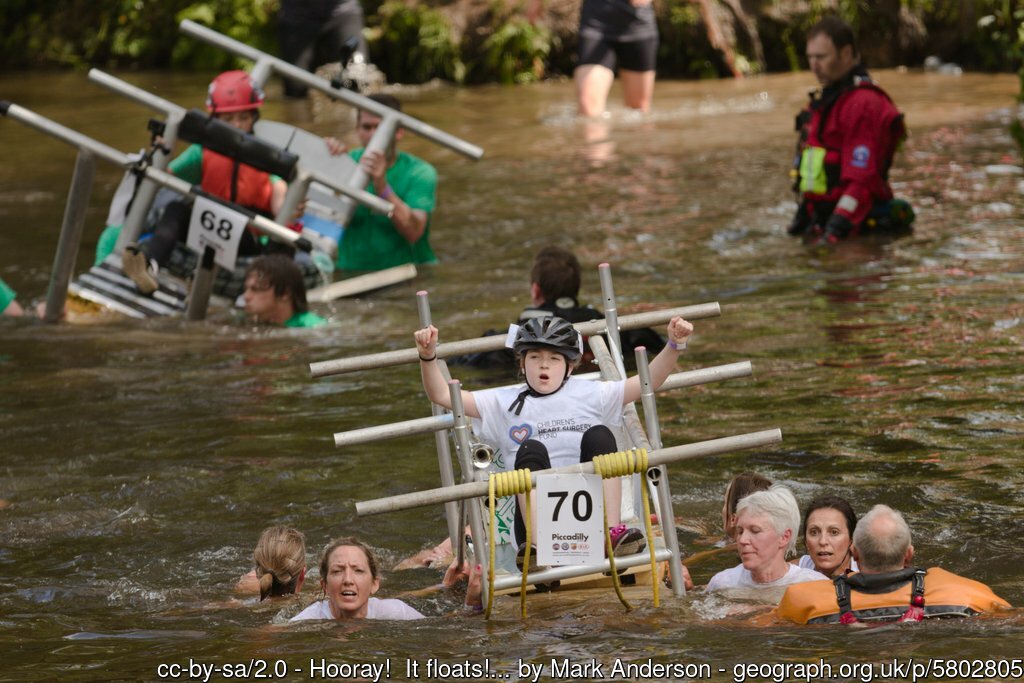
It's a gruelling two-and-a-half-mile affair around the ups and downs of town with the army coming from Catterick and northern running clubs particularly well represented.
Some floatation is necessary for the final crossing and the finish at Conyngham Hall with the stragglers in fancy dress make for a fun-for-all-the-family day out and tens of thousands coughed up for the coffers of various charities.
The winning teams will complete in less than 15 minutes, which, incidentally, is about the same time it takes to dawdle down from the high street to the river.
Prior to the river, however, there's an unearthly attraction on the other side. Picture the scene, a violent thunderstorm and a child prostitute gives birth in a cave with the diabolical stench of sulphur stinking it out, they say.

Ursula Southeil's dramatic entrance in 1488 is best explained as just a bit of bad weather back in the day and the whiff of the natural springs that sprung a spa resort, of sorts, before Harrogate got in on the act.
Cruelly described as a funny-looking thing, she was taunted as a witch from an early age and sought refuge in the cave, concocting potions from the fruits of next door's forest floor. Later looking to monetise the brand, she took to soothsaying and some of her sooths hit close to the truth.
Not that anyone in the 1500s would have known of any Great Fire of London nor the defeat of a Spanish Armada, neither, although medieval, timbered cities will tend to do that and naval ding-dongs were already the norm.
Living to a lengthy age, the legacy of the childless and widowed 'Mother Shipton' lives on and you can part with a few pounds for further fictional facts and a close-up with the cave. Petrified what-nots hang below the drips, not shown, but one thing she didn't predict was that you'd have to wear a mask to enter.
No, not for the pong, this is the first proper outing since the lockdown of you-know-what was lifted and no cafés were entered in the making of this. Or caves, actually.
Ma Shipton's frontage sports a checkerboard facade and you may already have seen it elsewhere.

Is this an ancient heraldic link to something sinister like the Knights Templar or something? Not quite, some old resident of some old house liked to play chess so he simply painted his outside and others copied.
The house in question is an old Manor House and you'll find it by the river. At least you will if the peepers are peeled, seems this was inexplicably overlooked and the best that can be offered is well, a well.

Well, why waste a good snap, eh? It really is well-marvellous along Waterside.
There's a temptation to head left at the Manor House, still not shown, up the intriguingly named Water Bag Bank but stay on the flat to pass under Knaresborough Viaduct.
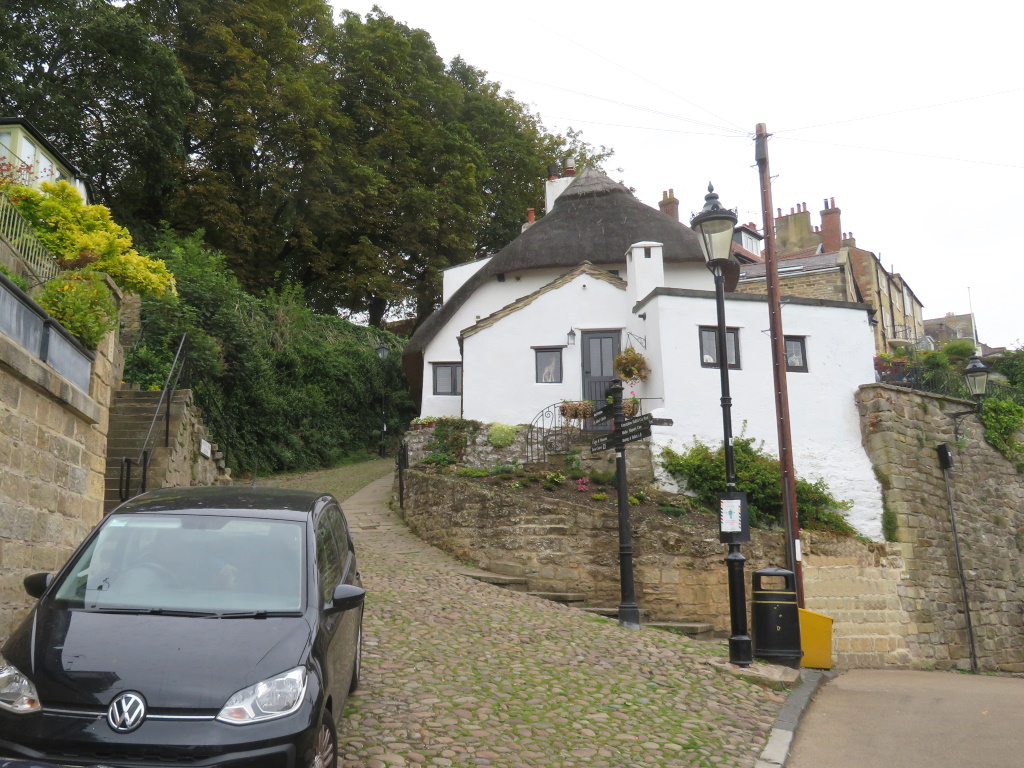

Built for the trains, this, it's three years younger than it should be after the first attempt collapsed and tumbled into the Nidd. It wasn't until 1851 that horse and cart wasn't the only viable option if you fancied a night out in Leeds.
It's all fleshpots and rowing boats along here although that's not a viable transport option if you fancy a night out in York.
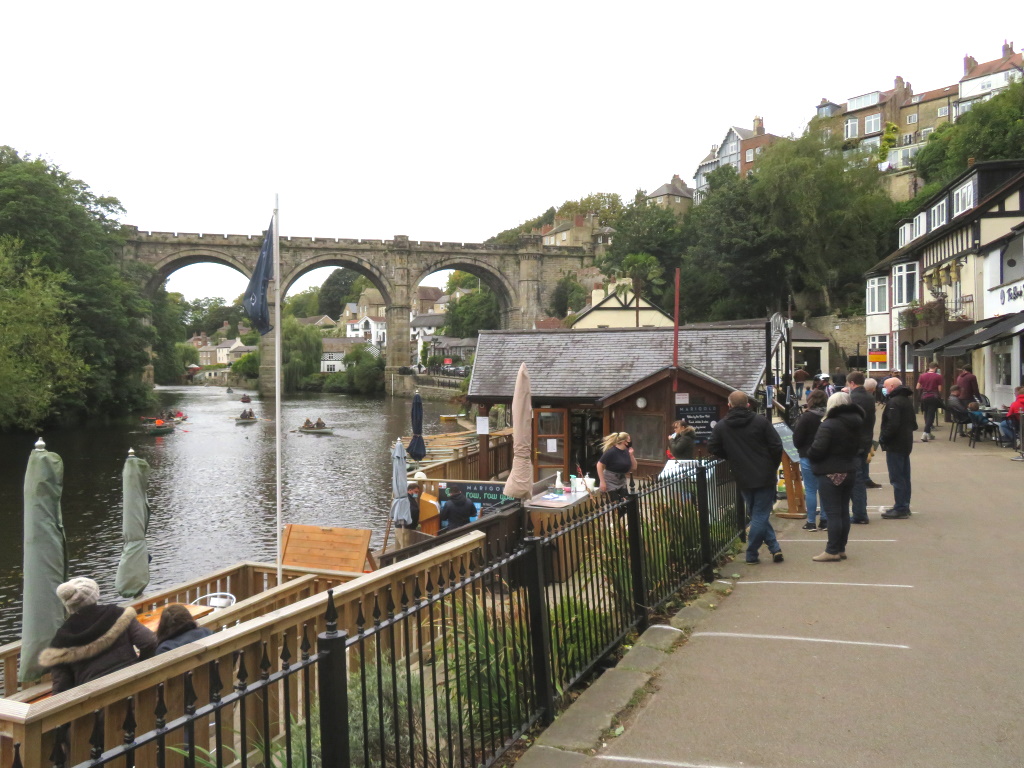

Downstream, that is.
The Nidd cuts quite a gorge and, this being largely limestone, quite a few caves have been cut out including Mother Shipton's.
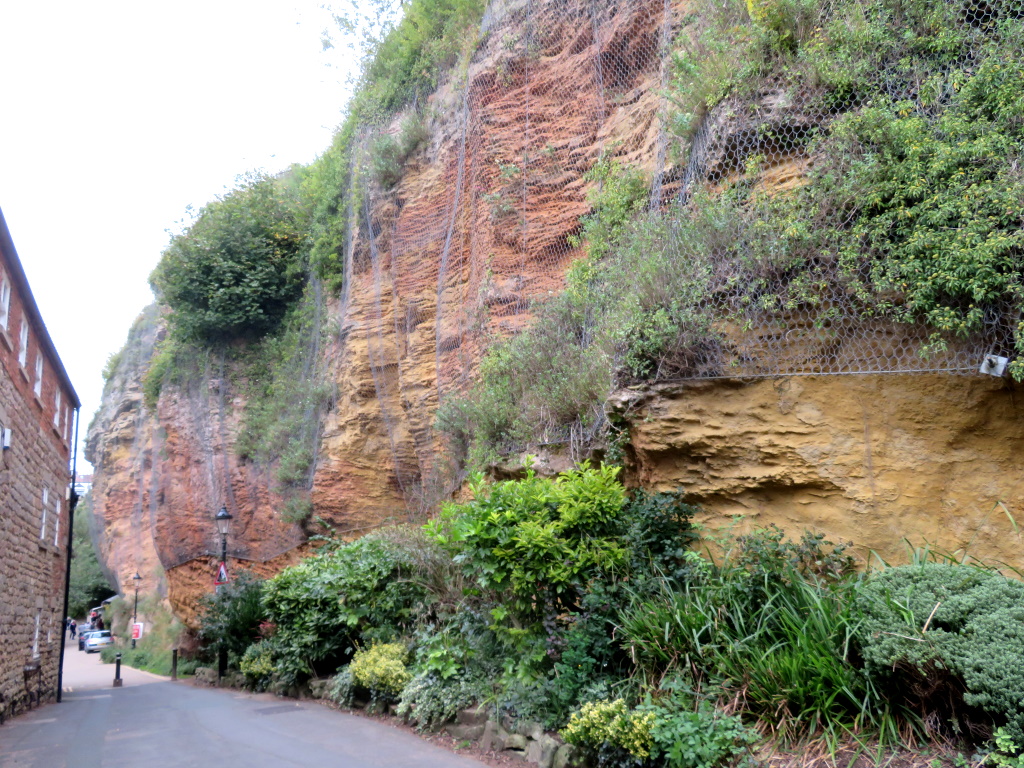
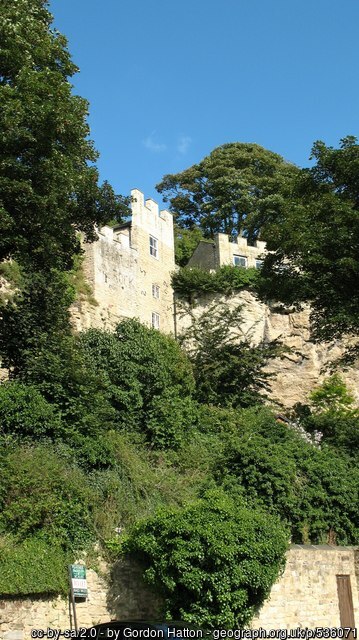
There's something higher, however, that's equally hollow and the House in the Rock - thanks Gordon - does exactly what it says.
In 1770, Thomas Hill got the pickaxe out and went all Shawshank on the cliffs, carving out his crib in 16 years, three less than Andy Dufresne, film fans.
It evolved into a castle, of sorts, and was quite the attraction by the early 1800s where a 'woolly headed' boy would show you around. He had mysteriously appeared in town, they say, and not much more than that is known other than he came to live with the family, employed to fleece the visitors.
It's in private hands now so they won't let you in but nor will a neighbouring attraction, neither, the Chapel of Our Lady of the Crag - thanks P Thornes - but that's currently down to you-know-what.
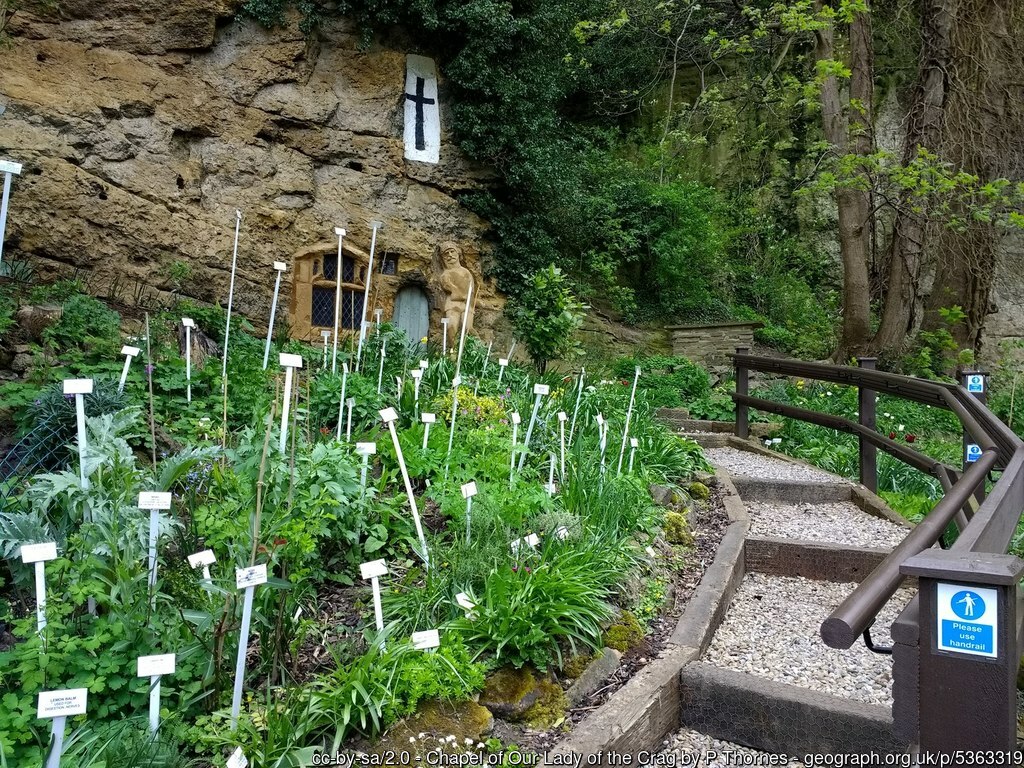

These are both another 10 minutes away so why bother when, back towards the fleshpots and rowing boats, there's a daunting set of steps to ascend.
It's not actually that much of a lug up to Bebra Gardens, named after the town in the middle of Germany with which Knaresborough is twinned.
Boris from Bebra would have lodged with Harry from Harrogate in one of those awkward, European student exchanges they had in the '80s and would've went home greeting everybody with 'eyauf' and 'wietust', possibly, which is as good a translation of 'Eyup' and 'Howdo' that you'll get.
Highlights in this relaxing area include a paddling pool or a broken glass storage facility as they were called when Boris was hanging out here.
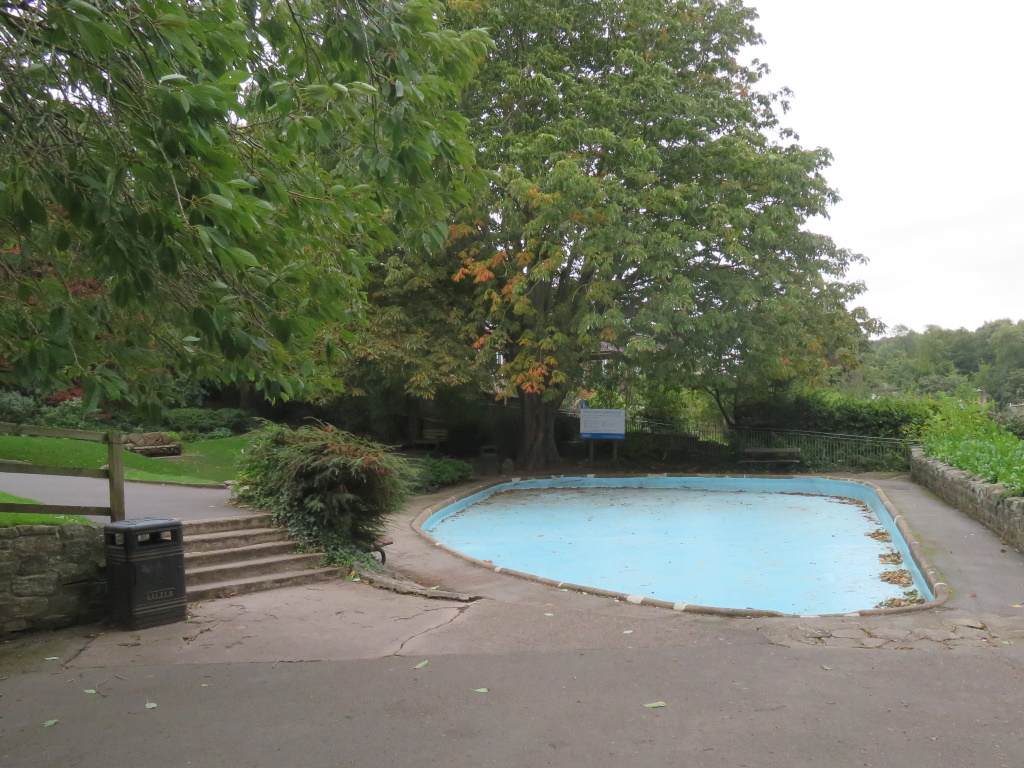
That's not the half of it, there's evidence of a castle wall and two turrets.

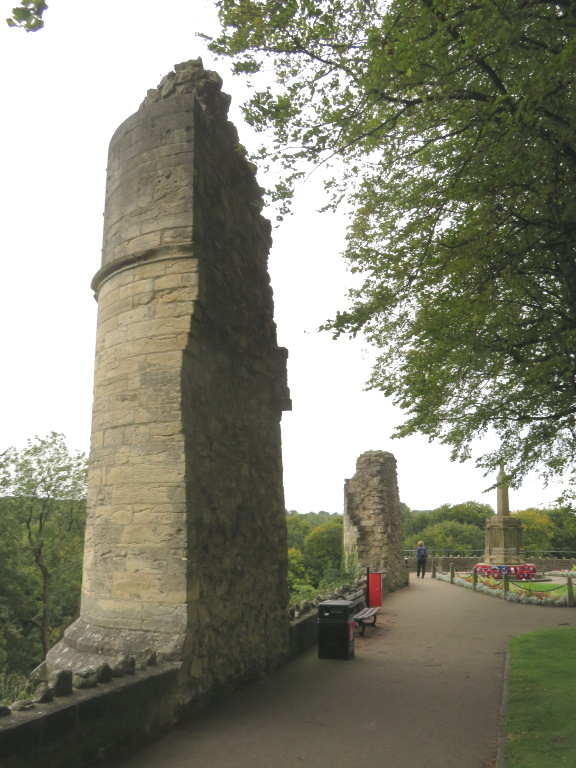
They are the half of it, however, when viewed up-close and side-on.
The splendidly tended war memorial isn't the only thing to catch the eye, there's another WHOA! moment at the view down to where you've just been and it's not every day you get to go WHOA!...


twice!
Just behind leads to Knaresborough Castle, already hinted at but now in all its ruinous glory.

Remember Thomas à Becket? Everybody knows the name and something about a murder but no one really knows when or even why?
An 1170 version of a Twitter™ spat between Henry II and the then Archbishop of Canterbury saw a handful of Henry's followers bash the bish's brains in after taking a 12th-century Tweet™ too literally.
They retreated north to Knaresborough, the Archbishop of York being an ally of the king, and hid in the castle for a year and there! That's how they should teach it.
That makes Knaresborough a big hitter, history-wise, and while there might be a bit more to the story, everybody now knows when and why.
Leaving the castle behind, cut past the cop shop to reach Market Place where, at last, here be where all the knick-knack providers are at.
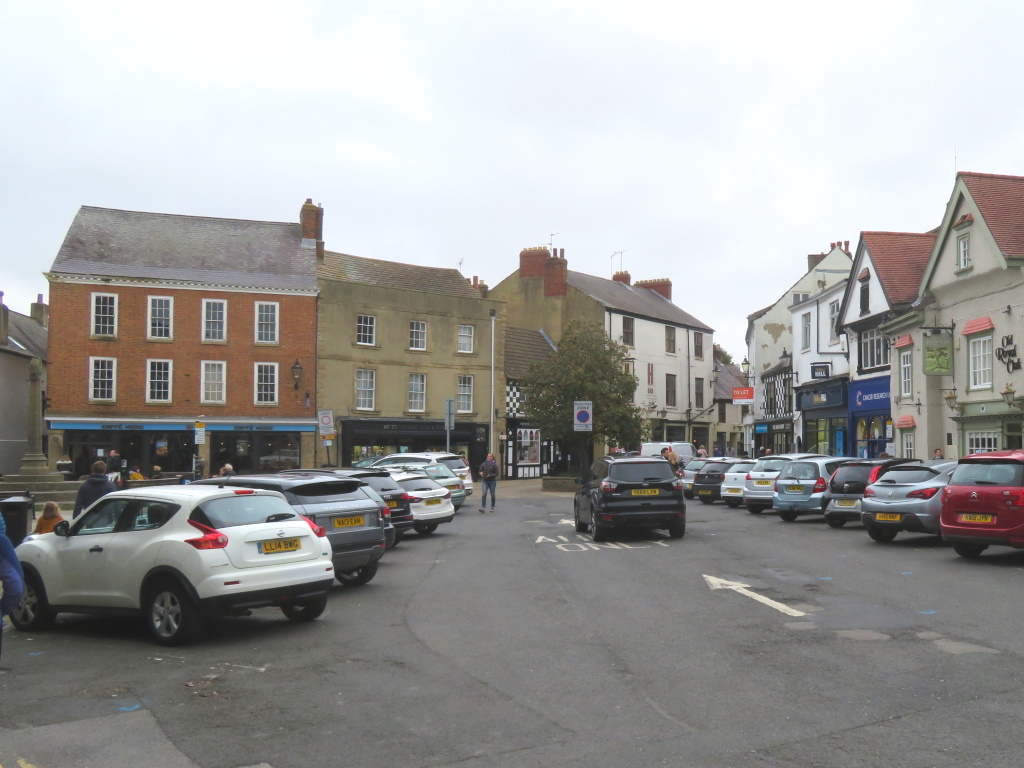

This area is where most folk will head for, including a bronze Mother Shipton, not shown, and explains the relative run-of-the-millness of the high street, probably.
What with the riverside setting and castle, the size of that car park is now fully appreciated. Here's also the place for a triple, venti, soy, no-foam latte all served by a hipster with a foot-long beard who doesn't live in Harrogate.

It's worthy of one final WHOA!, though, but not for the comforting familiarity of the narrow streets, they could be part of many an old market town. No, despite still not really knowing what one is, WHOA!...
How much for a flat white?
At least there would have been if there wasn't a you-know-what on, remember?